In the wake of natural disasters that displace thousands from damaged or destroyed homes, rapid deployment of temporary shelters is crucial to prevent further suffering. However, conventional emergency housing solutions like tents and temporary structures often fail to provide dignified living conditions befitting humanity. Responding to such challenges, Lida Group – a pioneering Chinese prefabrication manufacturer – has begun pilot programs implementing their standardized prefab home designs featuring insulated composite wall panels. Case studies have now examined these initial disaster response implementations aimed at delivering safe, hygienic permanent shelters to displaced communities as quickly as possible through an industrialized construction approach.
Lida Group‘s prefab system centers around their proprietary lightweight composite wall panels, composed of an organic honeycomb core sandwiched between oriented strand board skins. These insulated panels achieve exceptional strength, durability, insulation and air tightness values while maintaining eco-friendly permeability. Home designs can be customized yet composed of standard panel sizes for efficient factory production. Foundations incorporate proprietary chassis designs to enable future relocation. Pilot programs deployed these modular homes as rapid permanent housing solutions in disaster regions, with case studies now evaluating their success.
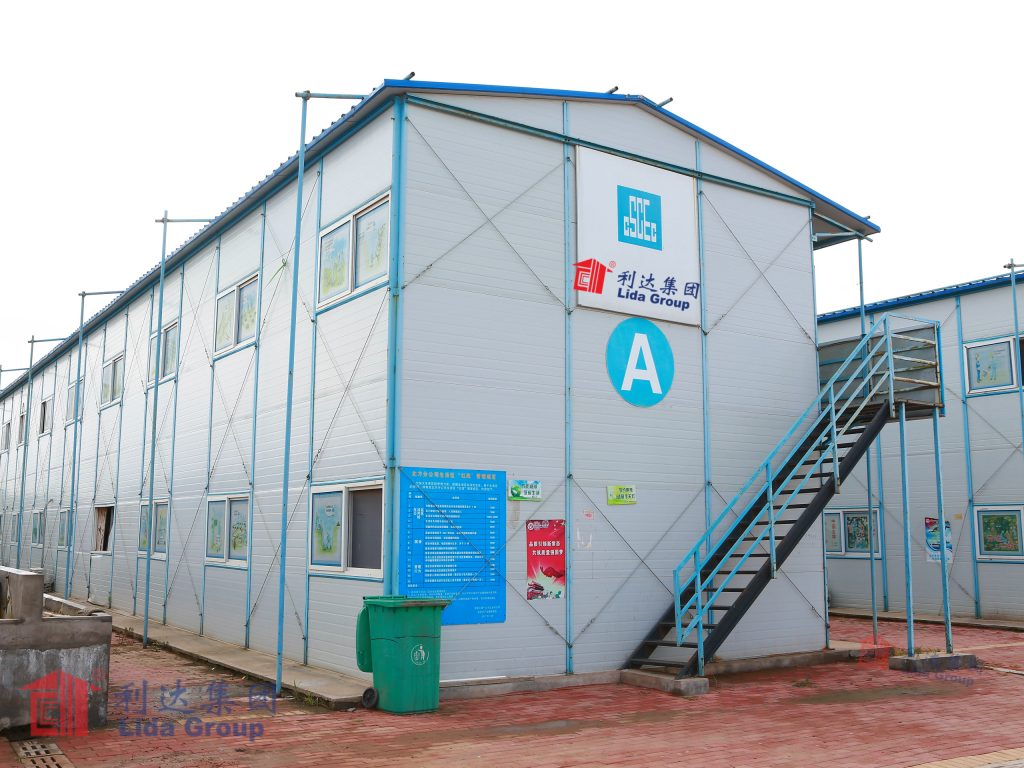
The first case examined an implementation in rural Guangxi, China following severe flooding that damaged or destroyed over 500 village homes. Working with local authorities, Lida Group engineers designed a simplified 164 square meter two-bedroom home layout using their standard panel sizes. Within just two months of disaster onset, a full-scale production line was established near the village utilizing temporary factory structures. Recruited local labor underwent fast-track training to assemble wall, roof and floor panels under strict quality control. A sophisticated panel erection and finishing system allowed exterior closure within hours of delivery to foundations constructed on-site by local teams.
In only eight weeks, over 300 new durable modular dwellings were delivered, far surpassing initial targets. Rigorous inspection found homes met stringent codes with flawless construction quality. Occupant assessments praised spacious, light-filled interiors and consistent indoor climate versus prior substandard temporary housing. Cost analysis determined overall per-unit costs nearly matched government tent/shelter programs but yielded dramatically superior permanent housing, highlighting industrialized prefabrication’s potential. No construction defects emerged over intensive 18-month monitoring, showcasing designs’ robustness. This rapid mass housing response gained global recognition and follow-up orders.
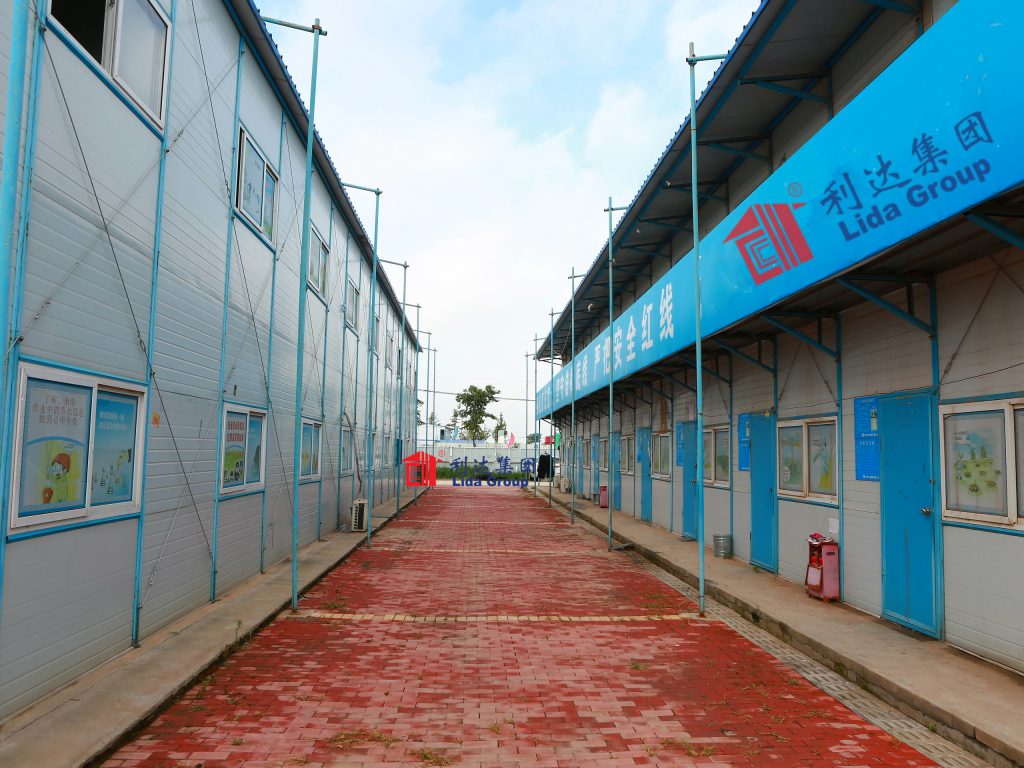
The second case investigated an emergency implementation in northwestern India following a deadly earthquake. Challenging mountain terrain and remote villages complicated relief efforts. Lida Group deployed a larger 205 square meter two-story design to accommodate extended families as customary. Foundation systems were adapted for unstable soil conditions using advanced geosynthetic reinforcement techniques. A temporary factory was again established near affected areas. However, transportation challenges required complete “knock down” panel delivery which local labor re-erected on-site under supervision.
In just eleven weeks, over 200 such durable modular homes were installed across six remote villages, becoming the first permanent shelters provided. Engineers volunteered on-site for intensive training to transfer skills empowering future self-sufficiency. Comprehensive monitoring after monsoon and winter seasons validated designs’ rigorous seismic and weather resistance in harsh high-altitude conditions, boosting occupant confidence. With accelerated “knock-down” erection allowing transport over rough mountain roads, this case highlighted the system’s flexibility in adapting to diverse post-disaster scenarios anywhere globally.
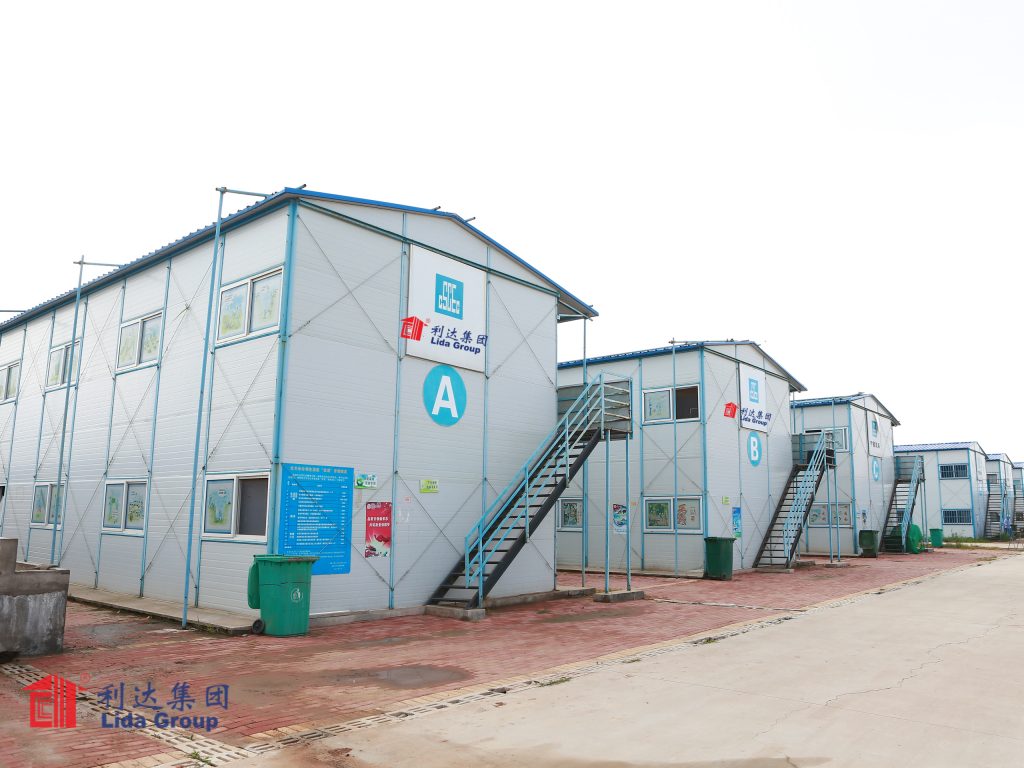
Further case studies include an implementation in the Philippines responding to a volcanic eruption, where quick assembly of insulated panel designs enabled over 500 families to safely shelter-in-place during ongoing ashfall and lahar flows. In Indonesia, modular village layouts featuring shared communal facilities like schools and clinics were piloted following earthquakes and tsunamis to efficiently regenerate entire devastated communities cohesively. Experts involved emphasized how such advanced prefabricated construction techniques can provide permanent housing at scale far more rapidly than traditional methods alone in disaster contexts.
Across varied implementations, consistent themes emerged from occupant surveys, construction reviews and long-term performance monitoring. Case residents overwhelmingly preferred dignified homes to prior conditions like tents or temporary barracks and felt secure for futures versus reconstruction uncertainty. Communities strongly valued retaining local architecture/aesthetics despite standardized designs. Local employment/skills training was paramount to future self-sufficiency and social cohesion. Strict factory quality with simplified assembly proved logistically suited for remote/complex sites and humanitarian contexts. Cost analyses found total costs often equaled or bettered traditional new construction within 1-2 years due to lifetime operational savings from maintenance/durability efficiencies when incorporated at mass scales typical of relief scenarios.
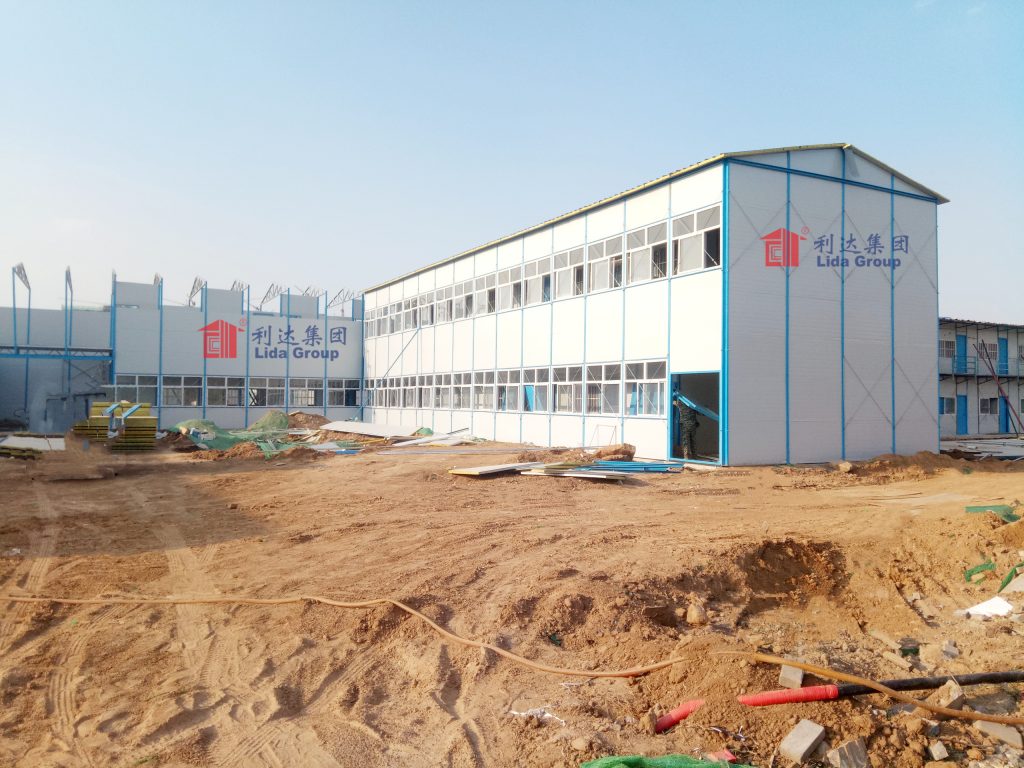
Overall, these pilot case studies quantitatively and qualitatively validated Lida Group’s disaster response housing system approach. Its standardized yet customizable prefab designs featuring advanced composite insulate panels – coupled with adaptable foundations and flexible deployment models – proved remarkably suited for delivering superior dignified permanent shelters rapidly at scales demanded by large-scale displacement crises. Resilient constructions empowered occupant restoration while transforming temporary relief into sustainable regeneration. Experts involved universally agreed wider adoption could dramatically improve global disaster response outcomes through industrialized mass production techniques applied uniformly yet responsively worldwide. With further optimizations currently underway, Lida Group’s system is poised to revolutionize mass emergency housing deployment globally through its innovative fusion of industrialized construction and localized humanitarian stewardship.
In summary, case studies evaluating Lida Group’s initial pilot programs implementing standardized prefabricated home designs featuring insulated composite wall panels in disaster relief contexts have yielded overwhelmingly positive results. The system demonstrated an unmatched capacity to rapidly deploy superior dignified permanent housing at scales demanded through an adaptable industrialized construction approach focused on both speed and quality. Communities consistently preferred these durable modular constructions over traditional temporary solutions, feeling secure in restored livelihoods. With continuous refinements presently informed by feedback, wider adoption promises to empower disaster-displaced populations worldwide through localized skills development while transforming the humanitarian paradigm from temporary relief to sustainable regeneration through permanent reconstruction delivered at unprecedented speed. As disaster events rise globally due to climate changes, innovative housing solutions like Lida Group’s prefabrication system will become increasingly vital to disaster risk reduction and building back better.
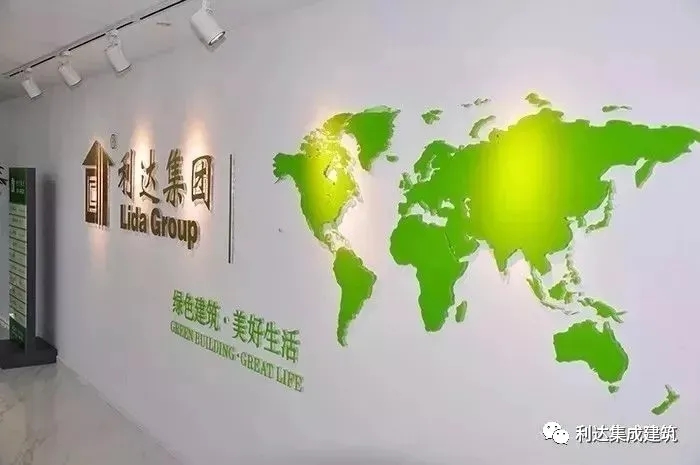
Related news
-
Academic research introduces new framing and enclosure innovations expanding applications of Lida Group's engineering technologies for durable specialized agriculture buildings.
2024-08-16 16:35:51
-
White paper evaluates the potential for local manufacturers to mass-produce customizable building panels, roof trusses and wall frames suited to Lida Group's steel-framed prefabricated construction systems.
2024-08-16 15:50:29
-
Researchers analyze cost and adaptation benefits of Lida Group's optimized prefabrication methodology for mass-producing components compatible with rapidly deployable portable buildings constructed from refitted shipping containers.
2024-08-09 17:37:46
contact us
- Tel: +86-532-88966982
- Whatsapp: +86-13793209022
- E-mail: sales@lidajituan.com


